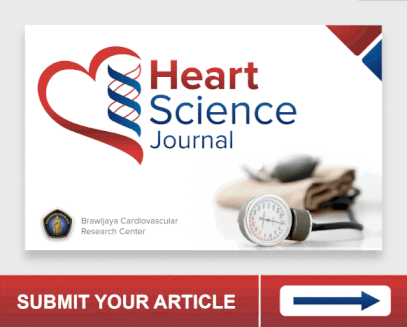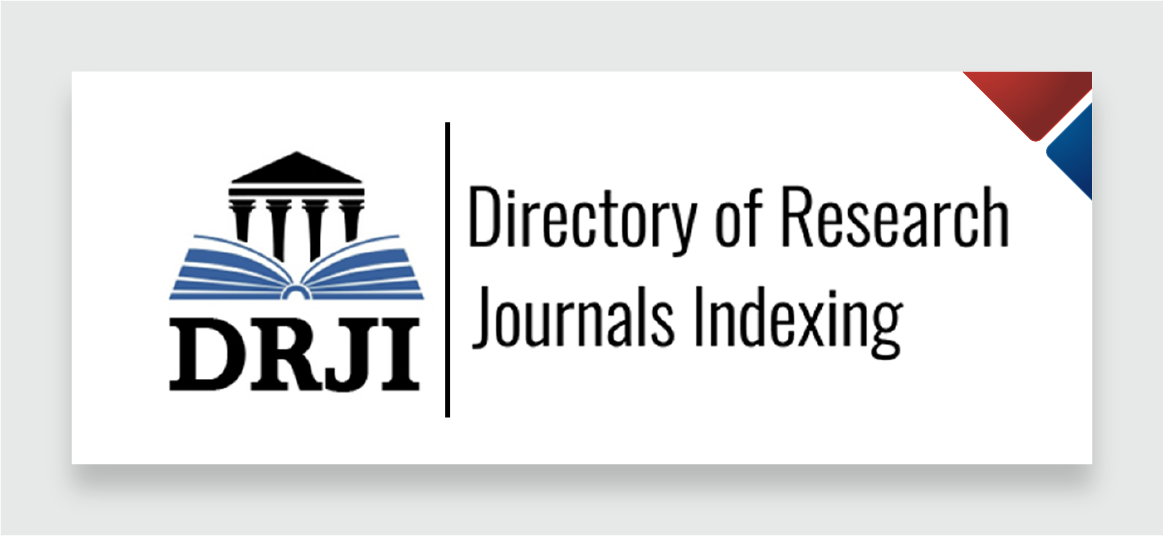Recurrent Orthodromic SVT AVRT with Multiple Accessory Pathway in WPW syndrome: Ablate All or Not?
Abstract
Background: Patients diagnosed with Wolff-Parkinson-White syndrome (WPW) have a relatively low, nevertheless persistent risk of unexpected mortality. However, this risk can be effectively mitigated by applying radiofrequency catheter ablation targeting the accessory pathway. It is difficult to accurately study predictors because only a minority of patients develop potentially malignant arrhythmias (MA) or passed away, despite essential risk variables being relatively well-known.1 This study aimed to describe ablation in WPW syndrome.
Case presentation: A 16-year-old male presents with symptoms characterized by palpitations during intense physical exertion, followed by chest pain episodes. The physical examination, CXR, laboratorium, and echocardiography were all within the normal range; his ECG showed shortened PR interval and a delta wave with a positive delta wave at V1 and mostly positive at the inferior lead. He also has recorded ECG when the patient has a tachycardia event with SVT AVRT orthodromic pattern. He underwent EP Study and had several accessory pathways at the posteroseptal mitral annulus and anteroseptal tricuspid. The decision was made to perform ablation on the posteroseptal accessory pathway located at the mitral annulus. An electrophysiology (EP) investigation was conducted at the anteroseptal tricuspid annulus, which did not induce tachyarrhythmia.
Conclusion: Wolff-Parkinson-White syndrome is a congenital cardiac pathway formation, with not all accessory pathways causing tachyarrhythmias. Ablation therapy is necessary for patients with multiple pathways, with pathways with an ERP less than 250 being the only option.
Keywords
Full Text:
PDFReferences
Pappone C, Vicedomini G, Manguso F, et al. The natural history of WPW syndrome. Eur Hear Journal, Suppl. 2015;17:A8-A11. doi:10.1093/eurheartj/suv004
Iqbal AM, Ghazni MS, Mubarik A, Zubair N, Jamal SF. The Conversion of Wolff-Parkinson-White (WPW) Pattern into WPW Syndrome in the Presence of Ischemia: A Case Report. Cureus. 2019;11(2). doi:10.7759/cureus.4147
CAIN ME, LUKE RA, LINDSAY BD. Diagnosis and Localization of Accessory Pathways. Pacing Clin Electrophysiol. 1992;15(5):801-824. doi:10.1111/j.1540-8159.1992.tb06847.x
Ibrahim Ali Sherdia AF, Abdelaal SA, Hasan MT, et al. The success rate of radiofrequency catheter ablation in Wolff-Parkinson-White-Syndrome patients: A systematic review and meta-analysis. Indian Heart J. 2023;75(2):98-107. doi:10.1016/j.ihj.2023.02.001
Dalili M, Kargarfard-Jahromi MR, Kamali F. Successful catheter ablation in infants with multiple accessory pathways and incessant arrhythmia. Iran Hear J. 2021;22(2):119-123.
Chen M, Gomaa H, Cortez-resendiz A, Martin C, Francis A, Bellon A. Case Report Quetiapine and Wolff-Parkinson-White Syndrome. 2020;2020(Table 1).
Balta A, Ceasovschih A, Șorodoc V, et al. Broad Electrocardiogram Syndromes Spectrum: From Common Emergencies to Particular Electrical Heart Disorders. J Pers Med. 2022;12(11). doi:10.3390/jpm12111754
Vijay Y, Sanjeev T, Ratna Mani G, et al. A Wolff-Parkinson-White (WPW) Electrocardiographic Pattern in Asymptomatic Patient – State-of-the-Art-Review. J Cardiol Cardiovasc Med. 2022;7(2):045-052. doi:10.29328/journal.jccm.1001132
Brugada J, Katritsis DG, Arbelo E, et al. 2019 ESC Guidelines for themanagement of patients with supraventricular tachycardia. Eur Heart J. 2020;41(5):655-720. doi:10.1093/eurheartj/ehz467
Weng KP, Wolff GS, Young ML. Multiple accessory pathways in pediatric patients with Wolff-Parkinson-White syndrome. Am J Cardiol. 2003;91(10):1178-1183. doi:10.1016/S0002-9149(03)00263-7
Fujino T, De Ruvo E, Grieco D, et al. Clinical characteristics of challenging catheter ablation procedures in patients with WPW syndrome: A 10 year single-center experience. J Cardiol. 2020;76(4):420-426. doi:10.1016/j.jjcc.2020.05.003
Etheridge SP, Gakenheimer-Smith L, Asaki SY, Niu M. Asymptomatic Wolff-Parkinson-White Syndrome: An Ounce of Prevention Is Worth the Risk of Cure. Curr Cardiol Rep. 2023;25(6):543-551. doi:10.1007/s11886-023-01879-6
Helm RH, Varkey SC, Karnik AA. Differential effective refractory period as a useful marker of multiple accessory pathways. J Arrhythmia. 2019;35(2):296-299. doi:10.1002/joa3.12162
Pappone C, Santinelli V, Rosanio S, et al. Usefulness of invasive electrophysiologic testing to stratify the risk of arrhythmic events in asymptomatic patients with Wolff-Parkinson-White pattern: Results from a large prospective long-term follow-up study. J Am Coll Cardiol. 2003;41(2):239-244. doi:10.1016/S0735-1097(02)02706-7
El Hamriti M, Braun M, Molatta S, et al. EASY-WPW: a novel ECG-algorithm for easy and reliable localization of manifest accessory pathways in children and adults. Europace. 2023;25(2):600. doi:10.1093/EUROPACE/EUAC216
Liu A, Pusalkar P. Asymptomatic Wolff-Parkinson-White syndrome: Incidental ECG diagnosis and a review of literature regarding current treatment. BMJ Case Rep. Published online 2011:2-5. doi:10.1136/bcr.05.2011.4192
DOI: https://doi.org/10.21776/ub.hsj.2024.005.02.16
Refbacks
- There are currently no refbacks.
Copyright (c) 2024 Indra Jabbar Aziz, Ardian Rizal

This work is licensed under a Creative Commons Attribution 4.0 International License.









